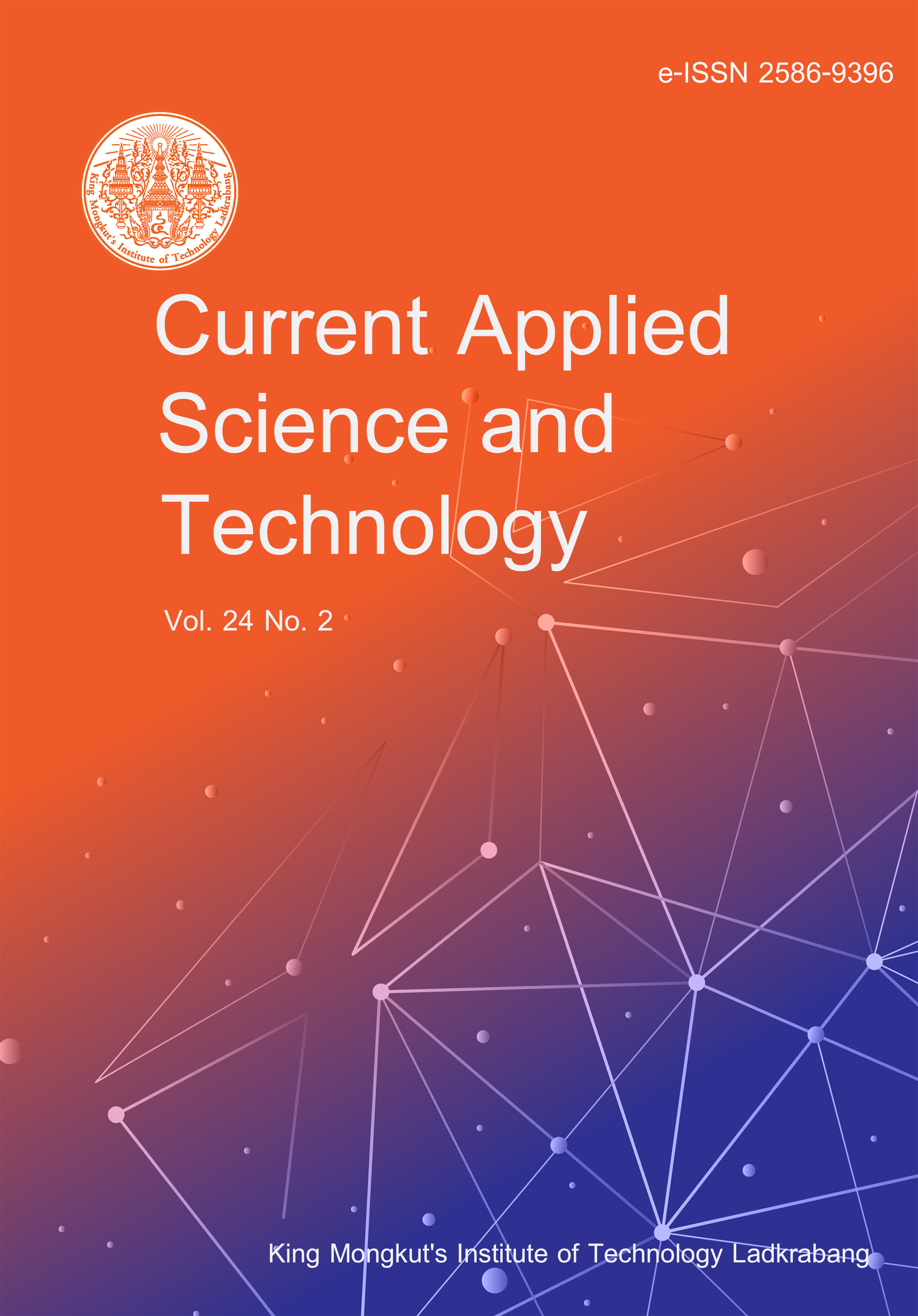Mangrove plants have many benefits, such as the ability to produce bioactive compounds. Bioactive compounds can be produced by endophytic fungi found on mangrove leaves. Endophytic fungi are also known to produce secondary metabolites that are the same as their hosts produce for plant defence. Endophytic fungi in mangrove leaves (Rhizophora sp.) have antagonistic potential against pathogenic fungi. One of the pathogenic fungi was shown to cause a skin disease in pythons (Malayopython sp.) through the transmission via tick saliva. Pathogenic fungi found in tick saliva were Fusarium oxysporum and Aspergillus niger. This study examined the potential of endophytic fungi in mangrove leaves (Rhizophora sp.) as anti-fungal pathogens in pythons. Endophytic fungi were isolated from mangrove leaves at the Angke Kapuk Mangrove Nature Park, Pantai Indah Kapuk, DKI Jakarta, and an antagonist test of endophytic fungi against pathogenic fungi was performed using the dual culture assay method. This study obtained 16 isolates, and nine isolates had antagonistic potential. These nine isolates produced a clear zone in the antagonist test. The inhibition zone indicates endophytic fungi inhibit the growth of pathogenic fungi.
Sukmawati, D. ., Supiyani, A. ., Qonita, R. K. ., Salsabila, C. ., Herlambang, R. N. ., Ariska, R. ., Sentosa, A. B. ., Saszieta, D. ., Nursari, P. I. ., Priskaningrum, A. M. ., Ichsanty, F. ., Annisyah, S. ., Enshasy, H. A. E. ., Dailin, D. J. ., Skyler, , Heng, L. H. ., Setiarto, R. H. B. ., Sulistiani, , Yusuf, D. ., Anshory, L. ., & Fathoni, A. . (2023). Antagonıst Test of Endophyte Fungi Isolated from Leaves of Mangrove (Rhizophora sp.) as Antıfungi against Sanca Snakes (Malayopython sp.) Disease. CURRENT APPLIED SCIENCE AND TECHNOLOGY, e0258187. https://doi.org/10.55003/cast.2023.258187


https://cast.kmitl.ac.th/doi/10.55003/cast.2023.258187